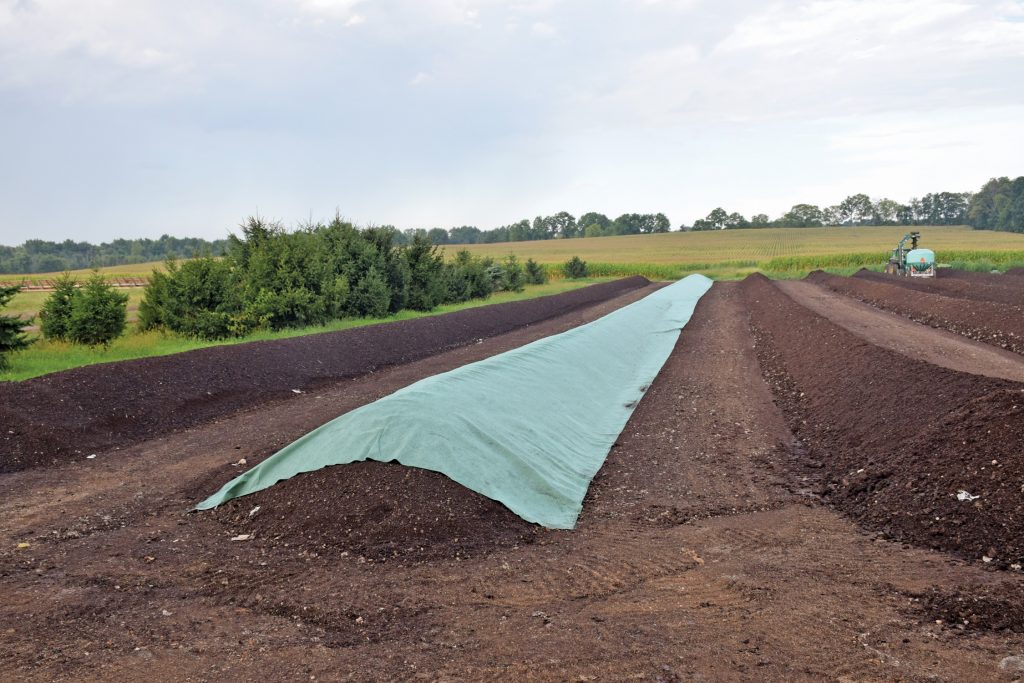The Characteristics of Humus

The importance of humus as a part of healthy soil is essential to high crop yields. The presence of humus in the soil helps it retain moisture, and create good soil structure. The creation of humus allows soil organisms to feed and reproduce, and is often described as the “life-force” of the soil.
- The process that converts soil organic matter into humus feeds the population of microorganisms and other creatures in the soil, and thus maintains high and healthy levels of soil life
- The rate at which soil organic matter is converted into humus promotes (when fast) or limits (when slow) the coexistence of plants, animals, and microorganisms in the soil.
- Effective humus is an additional sources of nutrients for microbes
- Decomposition of dead plant material causes complex organic compounds to be slowly decomposed into simpler forms, which are further transformed into humus
- Humus can hold the equivalent of 80–90% of its weight in moisture, and therefore increases the soil’s capacity to withstand drought.
- The biochemical structure of humus enables it to regulate acidic or alkaline soil conditions.
- The dark, usually brown or black, color of humus helps to warm cold soils in Spring.
